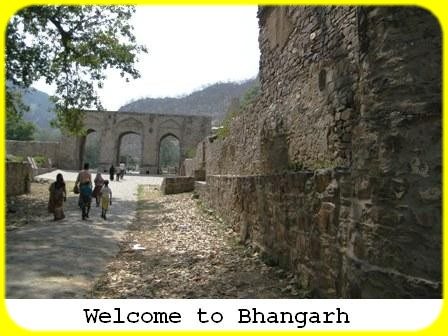
Classic Nawalgarh : Transport Museum in Poddar’s haveli
Such passenger-carts had generally flat open surfaces on top so as to accommodate many passengers. I can think of only one plausible reason for such open carts, which can be attributed to the basic structure of our rain-based agrarian economy. As the people were busy during the rainy season, it prevented the mass from travelling from one place to the other in that season. But, just for the sake of fun, let’s imagine the scene of a drawing room of any transporter of 18th-19th Century. Their discussions on selecting the best model of the passenger-carts might have revolved around the durability of their design, availability of open space for carrying more number of people with their respective luggage and the probable cost of travel.
The bigger challenge, however, is to guess the complex mechanism of pricing their so-called “ticketsâ€. How to fix the charge or the cost of travel, when the eating habits and the quantity of edible food of the animal differed from one transporter to another!
Read More










